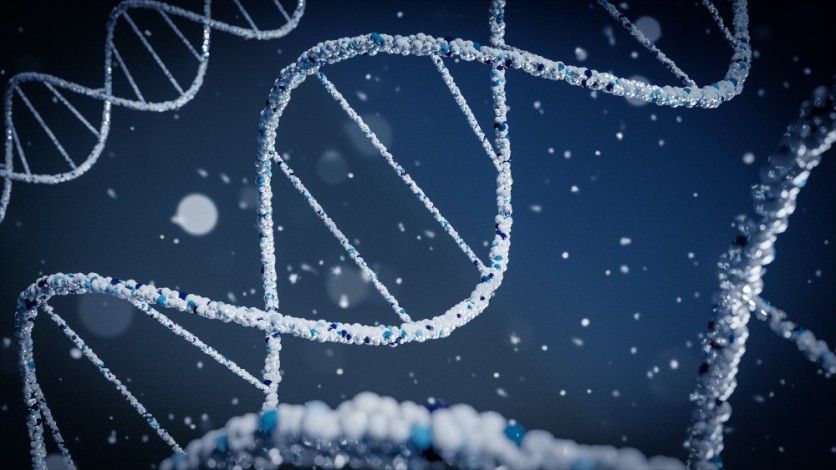Researchers from prestigious institutions in New York and Ningbo, China, have unveiled a remarkable development: self-replicating nanorobots made entirely of DNA (via Phys.org).
These tiny but potent entities have the potential to transform cancer treatment while tackling environmental issues with unmatched precision and efficiency.
The study titled "Toward three-dimensional DNA industrial nanorobots" published in Science Robotics details the complicated methods used to create these nanorobots.
These robots, which are controlled by external factors such as temperature and ultraviolet light, meticulously grab, position, and weld DNA parts to fabricate complex structures, demonstrating a novel approach to nanomanufacturing.

Self-Replicating Nanorobots Made from DNA
Consider robots the size of a speck of dust, made from the very fabric of life itself - DNA. These nanobots are engineering marvels, capable of reproducing themselves and performing complex tasks within the human body, as well as cleaning up toxic waste from our oceans.
The ability of these nanorobots to manipulate DNA strands to create complex, three-dimensional structures with astonishing accuracy distinguishes them from other nanorobots.
Lead researcher Feng Zhou, associated with New York University's Department of Physics and the Chinese Academy of Sciences, described these nanorobots as potential game-changers.
Their ability to execute repetitive tasks with unwavering precision could pave the way for advanced nanomaterial manufacturing. Zhou highlighted their potential in creating nanoscale devices and structures vital for various industries.
What the Nanorobots Can Do
The ability of nanorobots to manipulate DNA strands is at the very root of this innovation. They expertly align and weld together different parts of DNA, allowing the creation of three-dimensional structures that were previously only available in two dimensions.
This innovative approach opens up a world of possibilities, allowing for the creation of intricate and functional nano- and microdevices.
The medical applications of these nanorobots are perhaps the most exciting prospect. The ability to navigate the bloodstream and target cancer cells without invasive surgeries has the potential to revolutionize cancer treatment.
Nanomaterials expert Andrew Surman, speaking with NewScientist emphasized the difficulty in assembling such nanobots and the importance of precise folding in their functionality. "When things are folded wrong, they don't work," he said.
But it does not end there. Richard Handy from the University of Plymouth, England, envisioned a future where these DNA-based nanorobots could address genetic deficiencies by constructing enzymes or proteins within tissues. This could potentially revolutionize therapies for conditions like type 2 diabetes, providing hope to millions worldwide.
In simpler terms, these DNA-based nanorobots function as microscopic builders, piecing together intricate structures at a scale unimaginable until now. Their ability to replicate themselves and create three-dimensional structures with unparalleled precision opens vistas for developing microscopic gadgets that could transform various industries.
Stay posted here at Tech Times.
Related Article : Anthrobots: These Tiny Biological Robots Were Made Out of Human Cells!





